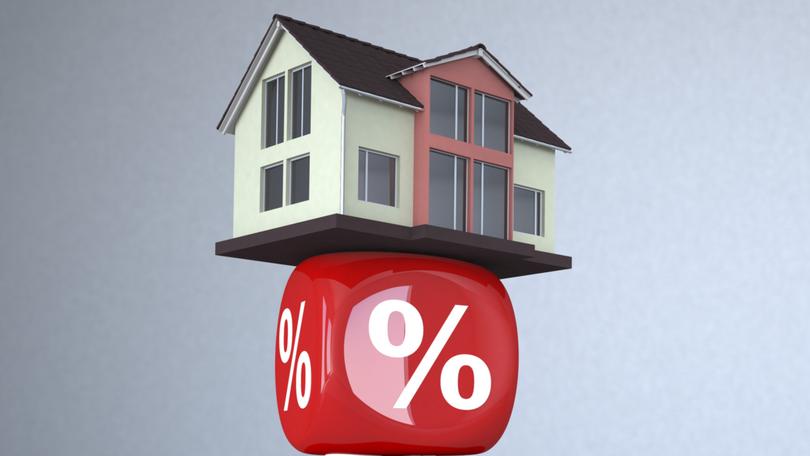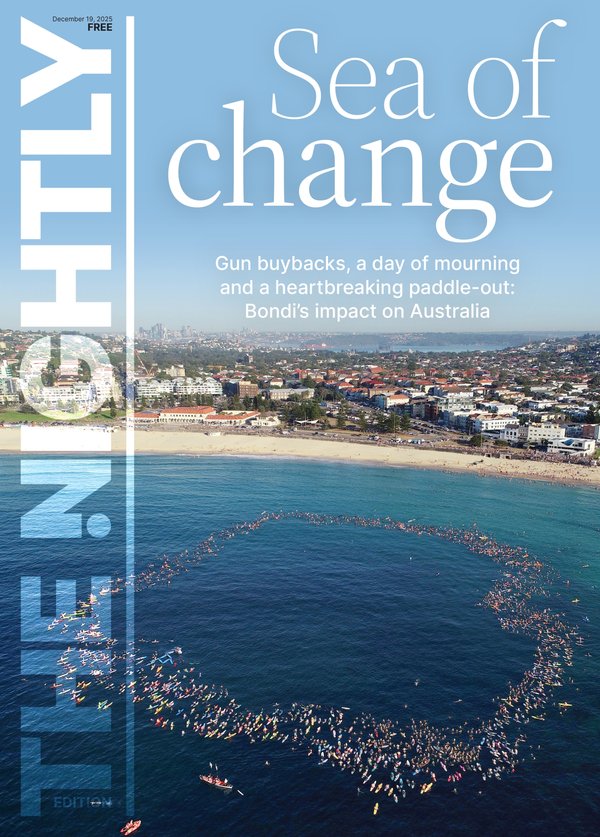RBA interest rates: Here’s how much you’ll save after the central bank finally delivered home loan relief

It’s a belated Christmas Day for anyone with a mortgage! At last, after the harshest interest rate-hiking cycle in a generation, there’s finally a reason to rejoice.
After more than a year of holding the official cash rate at 4.35 per cent, the Reserve Bank on Tuesday said it would cut by 25 basis-points to 4.1 per cent.
But before we look ahead to what it means for your mortgage, it’s important to remember just how far we’ve come since the RBA launched its shock-and-awe campaign to fight inflation.
Sign up to The Nightly's newsletters.
Get the first look at the digital newspaper, curated daily stories and breaking headlines delivered to your inbox.
By continuing you agree to our Terms and Privacy Policy.Hiking rates is a very blunt tool to curb spending and disproportionately places most of the financial burden fairly and squarely on the shoulders of homeowners.
The official cash rate rose from a record low, pandemic-induced 0.1 per cent in May 2022 to 4.35 per cent in November 2023.
Even before the central bank moved to cut rates, several lenders had already started trimming their variable and fixed rates, so even without Tuesday’s relief, there’s good reason to press your lender for a better rate.
The best rates as of Monday among the big four banks were: Commonwealth Bank at 6.15 per cent; Westpac with 6.44 per cent; NAB with 6.44 per cent and ANZ came in with the lowest at 6.09 per cent.
There a sizeable difference between the one-year fixed for each, with Westpac the best at 5.69 per cent and CBA the highest with 6.39 per cent. The gap is even wider when looking at five-year fixed rates. Again, Wespact was best with 5.89 per cent and CBA again topped the list for the most pricey at 6.69 per cent.
How much will you save?
So, now. Down to business. How much will Tuesday’s 0.25 percentage-point cut put back in your pocket?
Canstar’s number crunchers reckon a homeowner with a $600,000 loan and 25 years left on their term could see their monthly repayments drop by $92.
For someone with a $600,000, 30-year loan on a variable rate of about 6.32 per cent, the cut could take monthly repayments down from $3892 to $3800 — a saving of $92.
That jumps to a saving of $115 a month if you have a $700,000 mortgage under the same terms, or $154 a month if you really pushed the boat out and have a $1 million loan.
Those figures don’t exactly screaming “spending spree”, but for many it offers just a little breathing room if they’ve been forced to trim their budgets to the bone to stay afloat.
And don’t despair. This could be just the start of more to come. Lenders are divided on how many times the RBA may reduce rates this year — it varies between two and five. There’s still plenty of factors at play and the central bank may opt to wait for a second cut until well into the year to see what affect the first has on inflation.
Even four cuts in 2025 could see repayments of the borrower with a $600,000 loan drop by almost $400 a month by the end of the year.
Now that’s a decent saving.
What should you do now?
Canstar’s data insights director Sally Tindall said Tuesday’s cut will likely re-ignite the mortgage wars.
“We could see some lenders cutting new customer variable rates even further to capitalise on what could become a refinancing revival,” Ms Tindall said.
“Borrowers across the country will be laser-focused on what their new variable mortgage rate will be, and ideally take the time to check what other lenders are offering.”
And if you expect to just start automatically pocketing the savings, sorry. You’ve got a little work to do first.
Can you live without the bonus?
Variable rates should drop within the first couple of weeks of an RBA cut, but some banks won’t lower a borrower’s monthly repayments unless they are explicitly asked to do so by the customer.
“If you have a variable mortgage, reach out to your bank to understand how they might apply a cash rate cut to your monthly repayment,” Ms Tindall said.
“Then, make a cup of tea, pull out your budget and ask yourself one key question – can I afford to keep my mortgage repayments the same, or would that money be put to better use elsewhere?
“Not all households will be in a position to save this extra money. For some, it will go straight on to problems that have been piling up in the background, such as unpaid bills and credit card debts.
“However, data suggests the majority of households have been able to achieve the near-unthinkable, that is, making ends meet. These borrowers should consider keeping their mortgage repayments exactly the same.”
Pay your loan off faster
When your interest rate does drop — but your monthly repayments stay the same — the money that previously was going to the bank in extra interest charges will go straight towards paying off your debt faster.
It will also help you rebuild an additional buffer in your mortgage, and potentially save you thousands — possibly tens of thousands of dollars over the life of your loan.
This is where it pays to have a good understanding of your. And if you don’t have one, there no better time to make it a priority.
